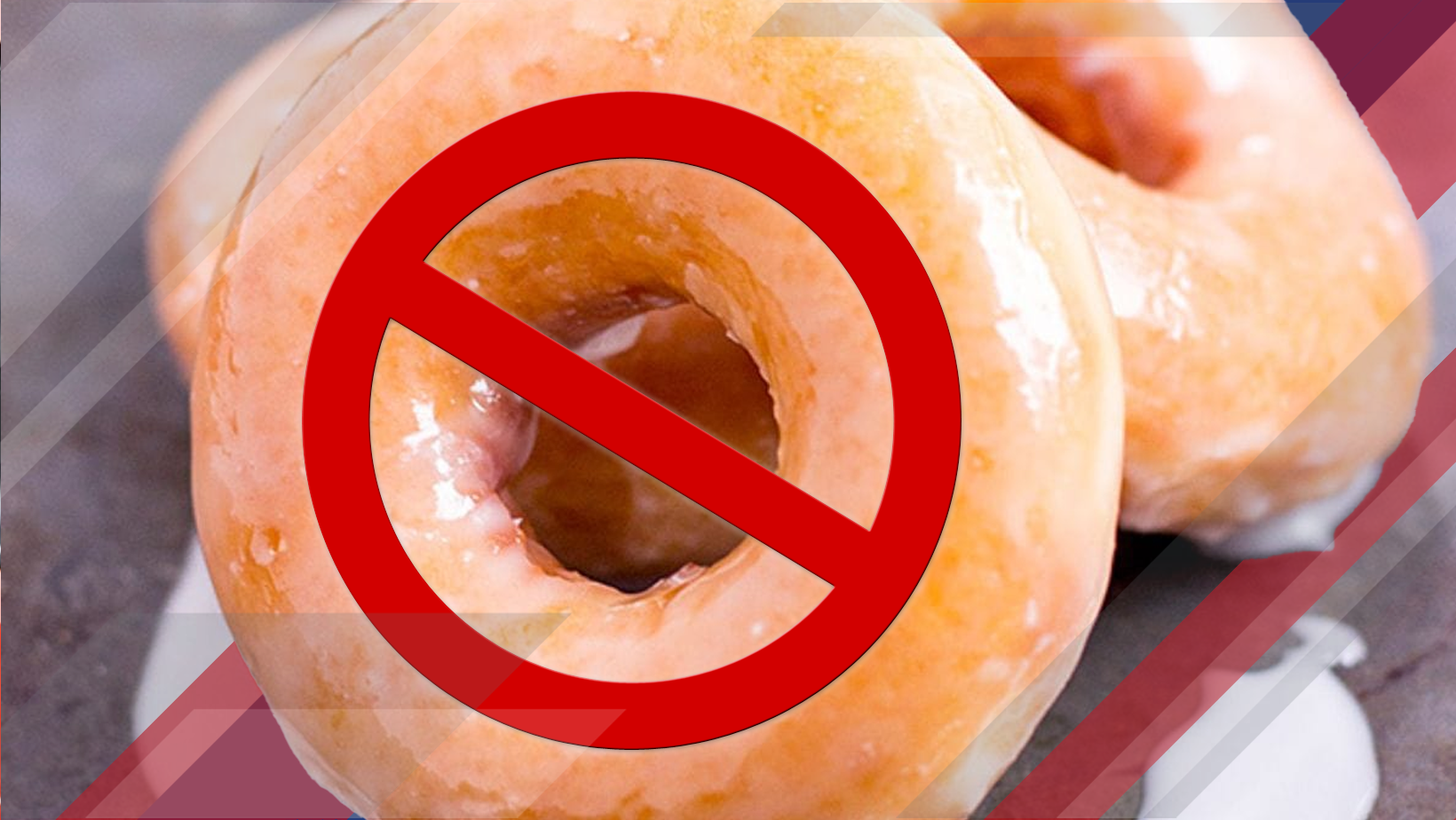Medicare Part D Donut Hole Eliminated: New Coverage Structure in 2025
Medicare Part D’s Donut Hole Is Gone: What Insurance Professionals Need to Know in 2025
For years, the Medicare Part D coverage gap known as the Donut Hole created sudden and painful jumps in prescription drug costs for older Americans. Beneficiaries would move through their plan’s initial coverage period and then hit an abrupt cliff where their out-of-pocket costs surged. For many older adults living on fixed incomes, this shift brought financial stress and difficult choices about medication adherence.
As of January 1, 2025, the Donut Hole is officially gone. In its place is a clearer, more predictable three-phase model designed to give beneficiaries a smoother experience and insurers a more stable framework for plan design.
“The elimination of the Donut Hole removes one of the biggest pain points Medicare beneficiaries have faced for nearly two decades.”
— CMS Policy Analyst
A New Three-Phase Structure
The redesigned structure simplifies cost sharing and places a firm ceiling on annual prescription spending. While the mechanics are familiar, the experience is far more predictable for beneficiaries.
The updated Part D phases now look like this:
-
Deductible phase: Beneficiaries pay 100% of costs until meeting the $590 deductible in 2025
-
Initial coverage: Cost sharing averages around 25% for covered medications
-
Catastrophic phase: Once out-of-pocket spending hits $2,000, beneficiaries pay $0 for the rest of the year
This $2,000 cap is one of the most meaningful changes in modern Medicare policy, bringing financial predictability to millions who previously encountered steep mid-year cost spikes.
The Ripple Effect on Beneficiaries and Insurers
For beneficiaries, this redesign brings welcome relief. No longer will a single high-cost prescription force a sudden jump in monthly expenses. For insurers and plan designers, the new structure shifts attention toward year-round support, education, and formulary strategy rather than preparing members for a mid-year coverage gap.
“Predictability is the new cornerstone. Beneficiaries can finally budget confidently for their medication needs.”
— Senior Medicare Consultant
Where Costs Can Still Change
The removal of the Donut Hole does not eliminate all variability. Drug prices continue to fluctuate, and plans may adjust formularies or utilization rules annually. Advising members to review their Part D or Medicare Advantage prescription coverage each year remains essential.
A simple illustration helps highlight why:
| Factor | How It Can Affect Beneficiary Costs |
|---|---|
| Drug price increases | Raises out-of-pocket costs before reaching the $2,000 cap |
| Formulary changes | May shift drugs to higher tiers or require prior authorization |
| Network pharmacy adjustments | Can alter copays or negotiated drug prices |
While the new structure is more stable, these common market shifts still call for annual plan comparisons.
Medicare Advantage’s Role in the New Landscape
Medicare Advantage plans continue to bundle prescription coverage with broader medical benefits, and many carriers will use the updated structure to enhance plan competitiveness. Even so, the regulatory overhaul centers on traditional Part D, meaning the biggest changes affect stand-alone prescription drug plans and the policies that govern them.
Preparing for What Comes Next
The end of the Donut Hole marks a milestone, but it also raises the bar for insurers and advisers. Education, clear communication, and proactive plan management will be essential for guiding beneficiaries through the new benefit phases.
For the insurance industry, this change represents a pivotal shift toward affordability and transparency, offering a foundation for better long-term planning across the entire Medicare ecosystem.
A Clearer Future for Prescription Costs
The retirement of the Donut Hole closes a chapter that long frustrated older adults and complicated plan design. With a firm out-of-pocket cap and a simplified structure, Medicare Part D is entering a more stable, predictable era. Beneficiaries gain peace of mind, insurers gain clarity, and the healthcare system moves one step closer to truly accessible prescription coverage.


